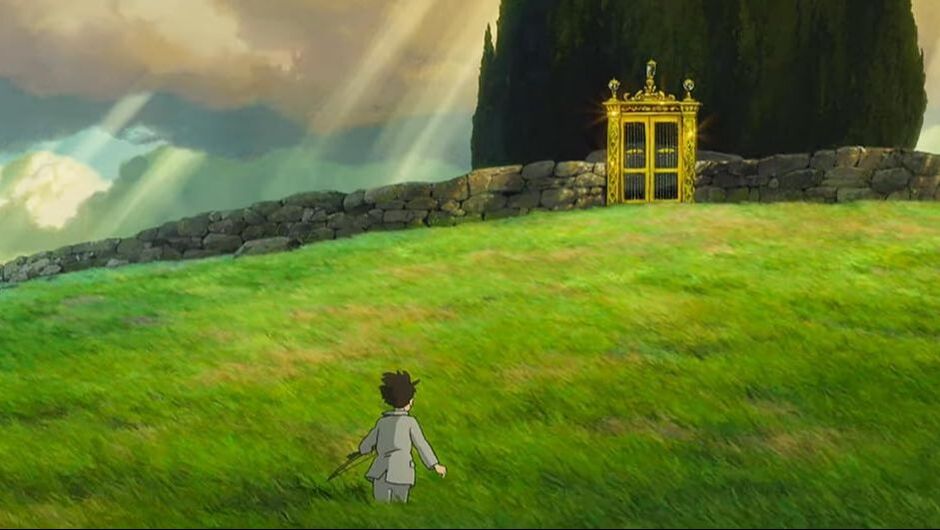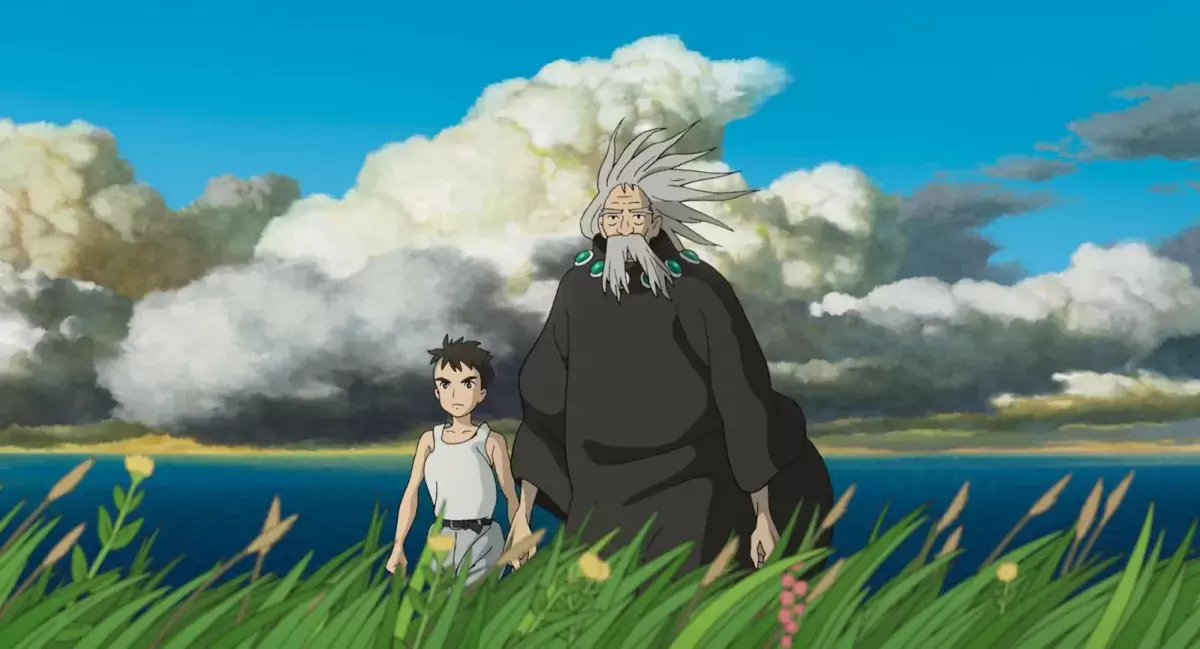The Boy and the Heron is consistent with Miyazaki’s filmography, which explores themes of loss, coming of age, and decisions on how one should live one’s life. However, The Boy and the Heron has a semi-autobiographical element, similar to The Wind Rises (2013), his previous ‘final’ film. The Boy and the Heron is Miyazaki’s revisitation of themes raised in The Wind Rises on the dilemma of choosing between art and creation, or love and relationships, but comes to a more hopeful conclusion.
Choosing between art and relationships is an issue Miyazaki has dealt with in his own life, which he addresses in The Wind Rises. In this film, the protagonist Jiro devotes himself to his designs rather than spending time with his wife who is dying from tuberculosis. He succeeds in creating a ‘masterpiece’ but it comes at a significant personal cost as he misses the passing of his wife. The Wind Rises, Miyazaki’s first semi-autobiographical and most historically grounded film, reflects a parallel in Miyazaki’s life with his strained relationship with his eldest son, Goro. As described in the documentary series, 10 Years with Hayao Miyazaki (2019):
"The veteran filmmaker, devoted to his work, was an absentee dad. Goro’s exposure to his father growing up was mainly by watching his father’s films" (“Ponyo is Here” 32:18).
In his life, he prioritized his art over his family, but The Wind Rises could be interpreted as Miyazaki’s retrospective reflection on what was thought to be the end of an illustrious career, where he questions whether his artistic legacy was worth the personal sacrifice.
The Boy and the Heron likewise reflects Miyazaki’s continued wrestling with the inevitable end of his career and the question of his legacy. In many ways, Miyazaki himself is represented by Mahito’s granduncle atop the mystical tower. We learn that the granduncle is responsible for building the fantastical world Mahito is transported into, but faces a dilemma: he must find a successor to keep the world alive after he is gone. This is why he calls Mahito into his world, as he must pass the torch to someone who he believes should be someone from his own lineage, both literally in a biological sense and metaphorically in an artistic sense; the successor must uphold an integrity of vision. The granduncle was said to have spent his life building the tower and creating his world by arranging and balancing a set of otherworldly stones. He is looking for a successor who will continue to maintain the world after he is gone. His hope for the successor is not that they conform to the shape of his own world, but rather that they establish their own vision in creating the next one. Likewise, Miyazaki has spent his life co-founding and building Studio Ghibli and creating his own fantastical worlds through film. As the granduncle in the film, he has searched for possible successors, including his eldest son Goro, to carry on the creative legacy. New York Times reports: “He has tried multiple times, without success, to pass the creative torch. ... All of which raises some huge questions for Studio Ghibli — questions so deep they are practically theological. What will happen to the company when the great Miyazaki is gone?” (Anderson). This question of succession is closely tied to the decision to preserve his artistic legacy.




 RSS Feed
RSS Feed
